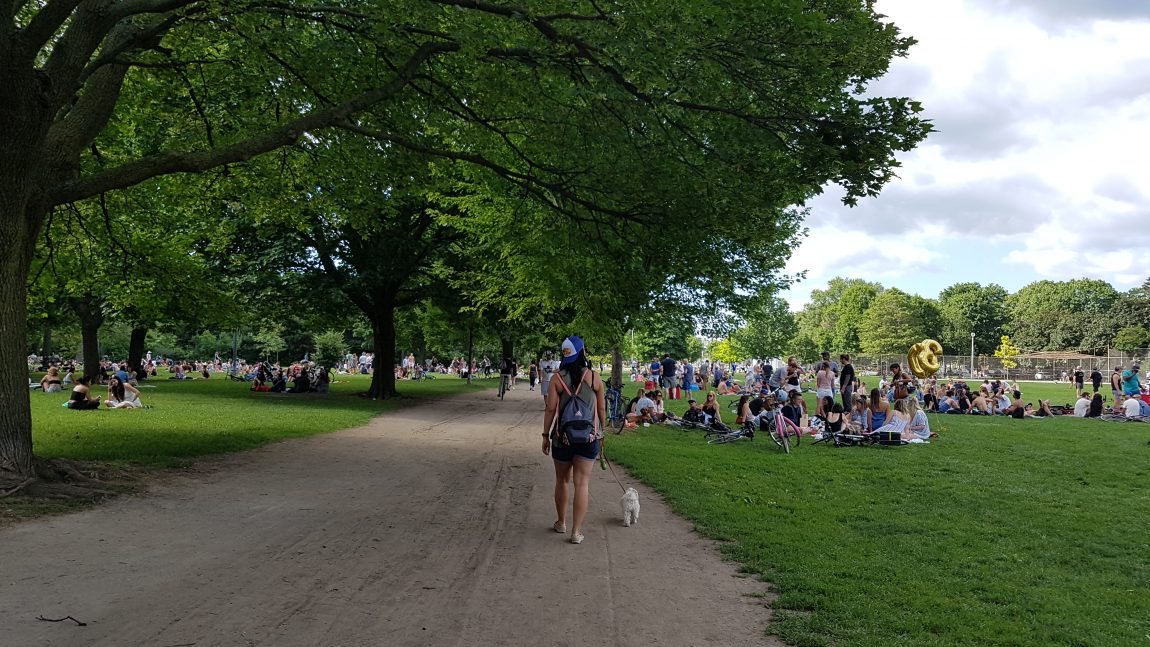How can we increase green infrastructure projects on private lands in an equitable way? What is the effect of forests on boundary layer ozone? Recent green infrastructure research has examined these questions.
GIO’s friends at Park People have created a wonderful brief on the potential of harnessing green infrastructure for more resilient cities. The brief delves into different green infrastructure components, such as bioswales and rain gardens, and examines how these components can be incorporated into public parks for the purpose of increasing resiliency to climate change. The report calls for a greater emphasis on maintenance that balances the needs of park users and monitoring/evaluation.
Catalyzing green infrastructure on private property:
The New York University Stern School of Business’ Center for Sustainable Business (NYU Stern CSB) and The Natural Resources Defense Council (NRDC) released a report titled ‘Recommendations for a Green, Equitable, and Sustainable New York City’. The report outlines how to increase green infrastructure on private lands in an equitable and sustainable manner.
Forests reduce atmospheric pollutants:
Canadian scientists at Environment and Climate Change Canada examined the effects of forest canopy shading and turbulence on boundary layer ozone. The results indicated that the slowed and shaded air of a forest understory reduces ozone concentrations. This suggests that a loss of forest cover could significantly increase levels of ground-level ozone . Ground level ozone is linked to serious public health risks, including aggravating asthma, lung infections, breathing difficulty and more.
Call for research on trees as stormwater management infrastructure
A recent entry from Landscape and Urban Planning is calling for more research surrounding the role of trees in stormwater management. Specifically, the authors are calling for: (1) examination of the performance of trees as stormwater controls based on species and size; (2) more consideration of soil, atmosphere and landscape conditions when considering trees as a stormwater control; (3) a balance between stormwater performance and other urban forestry goals (e.g. species diversity, canopy cover etc); and (4) policy, funding and strategic planning that will allow for planting and maintenance of public and private trees for effective stormwater management.

